Sinai, the Land of Turquoise, has historically been the centre of conflict between the different civilisations and nations for millennia, based largely on its strategic geopolitical location.
It saw Pharaohs, Hyksos, the Children of Israel, Muslim conquerors, and Crusaders; it saw Prophets and disciples, it is the land bridge between Africa and Asia, and it has been touched throughout the ages by western and near eastern history.
North Sinai
Not the major touristic attraction that its southern counterpart is, North Sinai is still full of places and things to do as well as some major history to go with the location.
The town of Rafah is the northern most point where Africa meets Asia; the other crossing is at the far end in the south at Taba in South Sinai.
The capital, Al-‘Arish (Palm huts), was originally built around a Bedouin settlement from the Ptolemaic times. New fortifications were constructed at the original site by the Ottoman Empire in the 1560s. It lays 344km from Cairo straight on the Mediterranean and it’s a popular holiday destination for Egyptians with palm shaded beaches that stretch for kilometres. The Muslim conquest armies passed through Al-‘Arish on their way to conquer Egypt.
About 40km along the road to Al-‘Arish from Qantara there’s a turn-off for Pelusium, a fortress town that guarded Egypt’s eastern border for many centuries where Roman general Pompey was murdered on the orders of Ptolemy XII. Due to the digging of Al-Salam Canal through this region there has been a rash of excavations to recover any archaeological evidence before its destruction. A Roman amphitheatre and parts of a Pharaonic town have been discovered so far and is open for visitors.
South Sinai
The opposite of its northern sister, South Sinai has a bit of everything to keep everyone happy. If you are looking for a wild time there’s Sharm El-Sheikh, relaxation there’s the stretch from Dahab all the way to Taba on the Gulf of Aqaba, head inlands towards the mountains for some spectacular hiking, safaris and mountaineering. South Sinai has a bit to please all tastes.
South Sinai is home to a myriad of activities, Diving, windsurfing, mountaineering, safaris, and hiking. It is the last wilderness in Egypt being the least populated governorate in the country.
South Sinai gulf coasts offer some of the most spectacular diving in the world, and they are too many to count in this guide page and we will insha’Allah dedicate a page or two later for the dive sites in South Sinai. However, some of the wondrous dive sites available are Ras Mohammed National Park, Thistlegorm, Ras Umm Sidd, Canyon, and the Blue Hole.
South along the Gulf of Suez towards Sharm El-Sheikh is Ras Sudr, often overlooked by travellers seeking the calmer reef-fringed beaches of the south, it is a paradise for windsurfers and kite-boarders due to its year-round and day-long cross-shore gusts.
About 55km south of Ras Sudr a turn off leads to Hammam Faraoun (pharaoh’s bath), several near boiling hot springs where local Bedouins come for curing rheumatism and it is possible to bathe in them but closer to the sea where it’s not as scalding hot.
Further inland is Serabit El-Khadim, the only pharaonic temple in Sinai, dedicated to Hathor and Soped. Serabit El-Khadim has become popular stop for Jeep safaris coming from Sharm El-Sheikh or from Nweibaa and Taba.
At the southernmost tip of Sinai is Egypt’s first National Park, Ras Mohammed. Declared a nature reserve in 1983 and a marine National Park in 1989; it is home to a thousand odd species of fish as well as 150 types of coral. Not only divers can enjoy the place, it also has pools and a Mangrove Channel where children can safely bathe in warm, sandy shallows.
The most northerly mangroves in the world are in Nabeq. The mangroves lay in a 90km stretch from the mouth of the Gulf of Aqaba all the way to Dahab that is another protected area. The Tiran Strait, where the waters of the Gulf of Suez flow into the deeper Gulf of Aqaba, is yet another protected area that might achieve national park status one day. The Tiran archipelago is not for novice divers as the sea can be extremely rough and chilling.
Further north along the Gulf of Aqaba is Dahab and Asilah where the mountains provide a magnificent backdrop to the beaches. A haven of relaxation, diving, and windsurfing, Dahab and Asilah offer an escape from all the cultural immersions. Shore diving is the norm in Dahab, and heading 7-8km you get to Eel Garden, Canyon, and the Blue Hole dive sites.
The Ras Abu Ghallum Protectorate, about 20km short of Nuweiba, harbours some of the richest wildlife in Sinai. Access is limited to a coastal track by camel or on foot, or 4WD on an unpaved road.
Moving on from Ras Abu Ghallum you reach Nuweiba and Taba, another laid back stretch of the Gulf of Aqaba that trends to attract younger, low-budget travellers and families with its wide sandy beaches, calmness, and the gorgeous mountains in the background. Nweiba is also a starting point for jeep and camel safaris into the interior. From there you can reach Wadi Huweiyat, the impressive Coloured Canyon, and Wadi Ghazala among many others, that insha’Allah we’ll try to cover in separate reviews.
The interior of South Sinai is no less impressive than the water front and the beaches of the Gulf of Aqaba and the Gulf of Suez. The mountains in Sinai have many hidden jewels, one of which is the Saint Catherine area, a UNESCO World Heritage Area; it has Egypt’s highest peak, as well as Mount Sinai. The views from the highest mountains in Egypt are spectacular, and there are many other natural sights in the wadi system. There are springs, creeks, water pools, and narrow canyons, steep wadis with huge boulders, amazing rock formations, and barren plains with islands of lush vegetation. On the top of the mountains there are many interconnected basins with a unique high altitude ecosystem, home to the World’s smallest butterfly and other rare plant species.

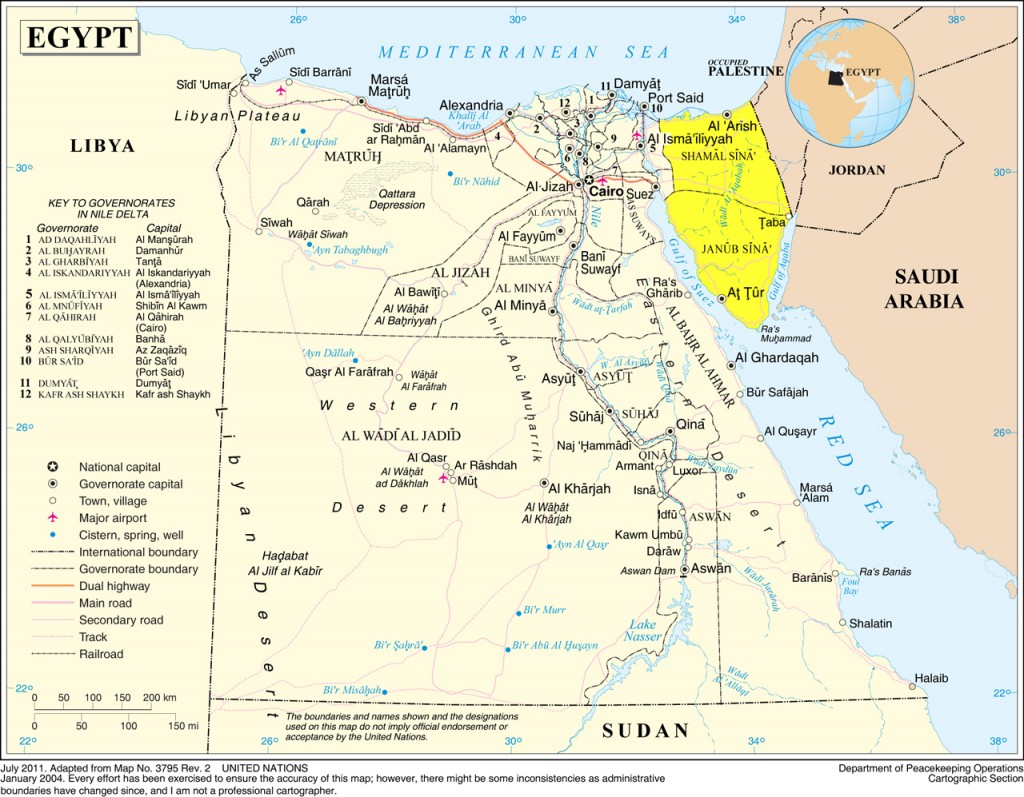
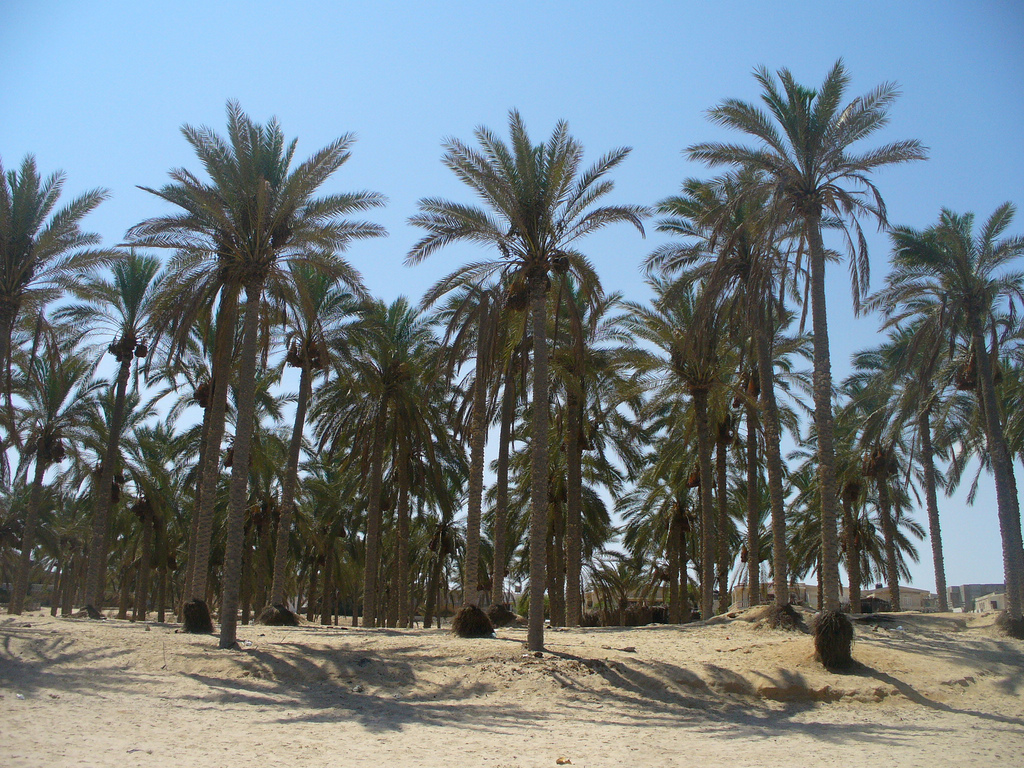
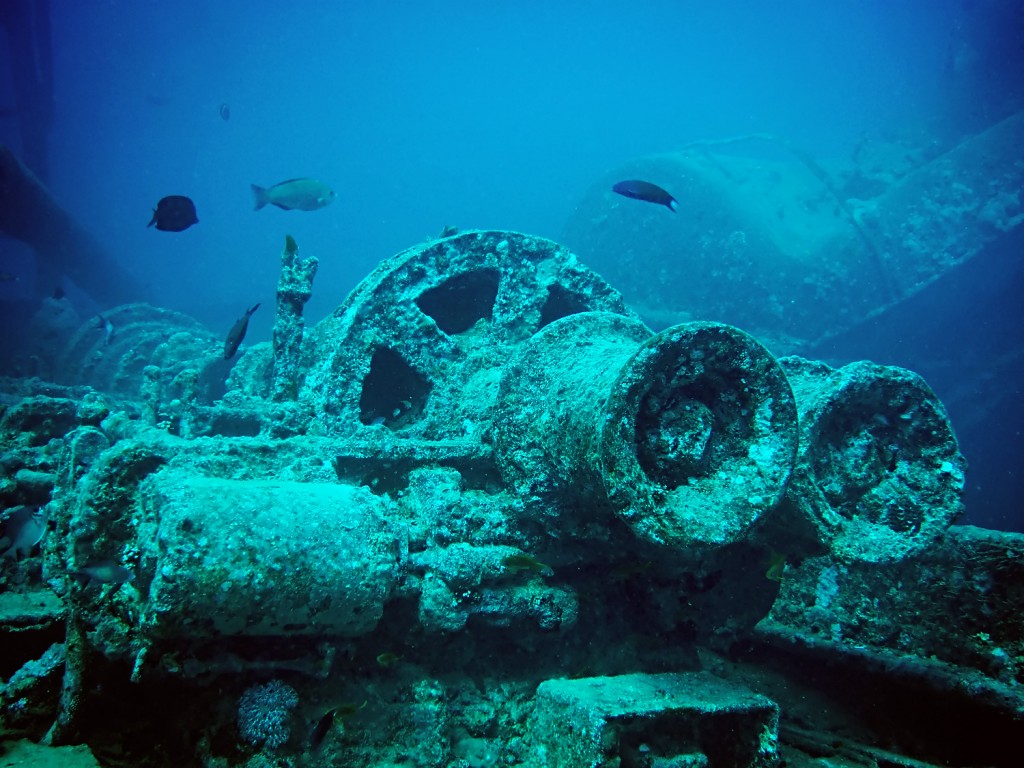
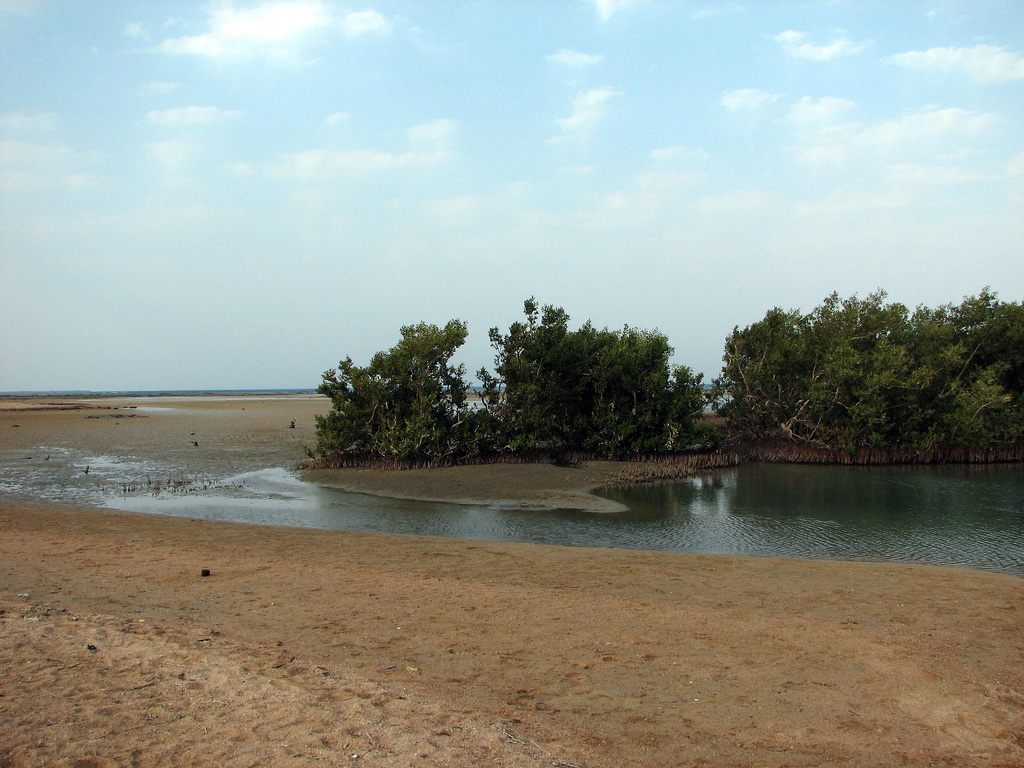
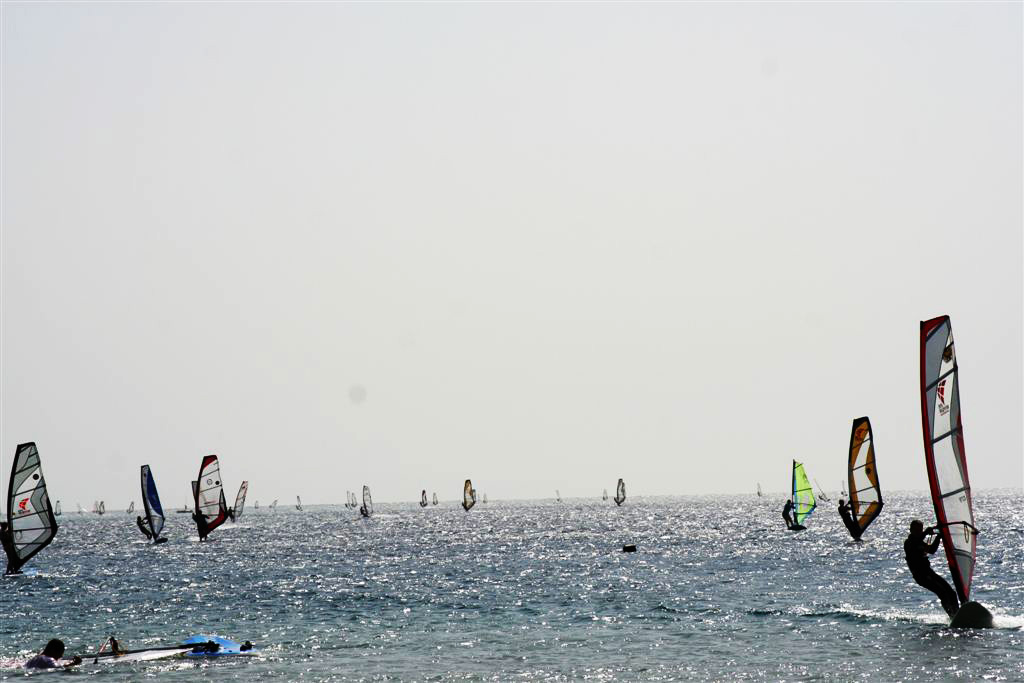









Thank you 🙂
Excellent Article.